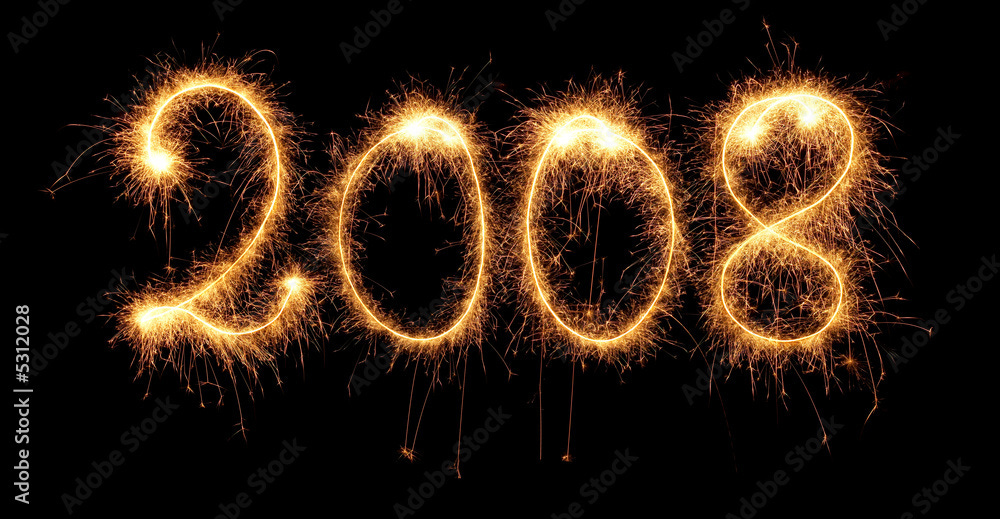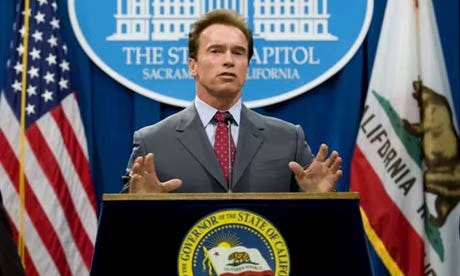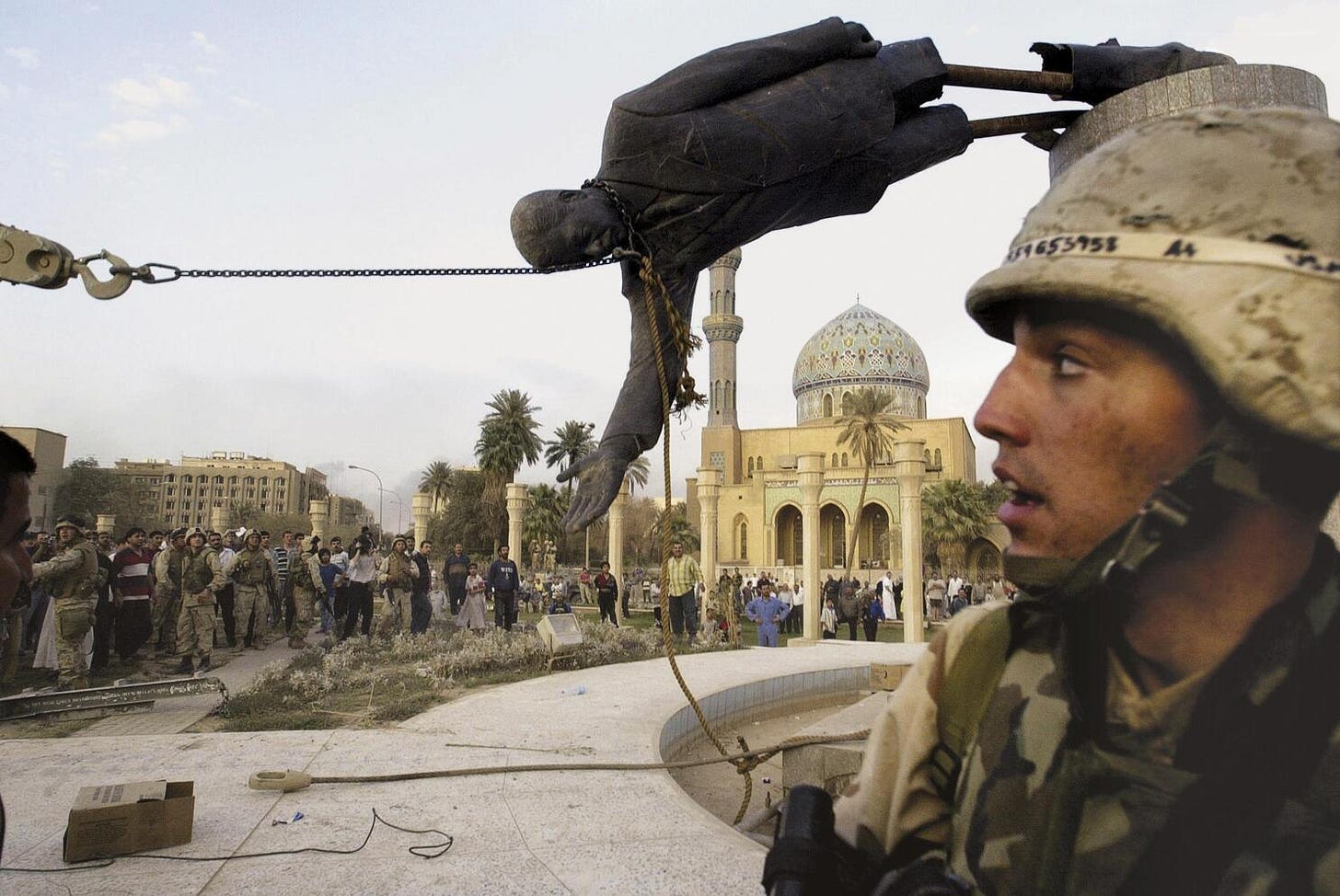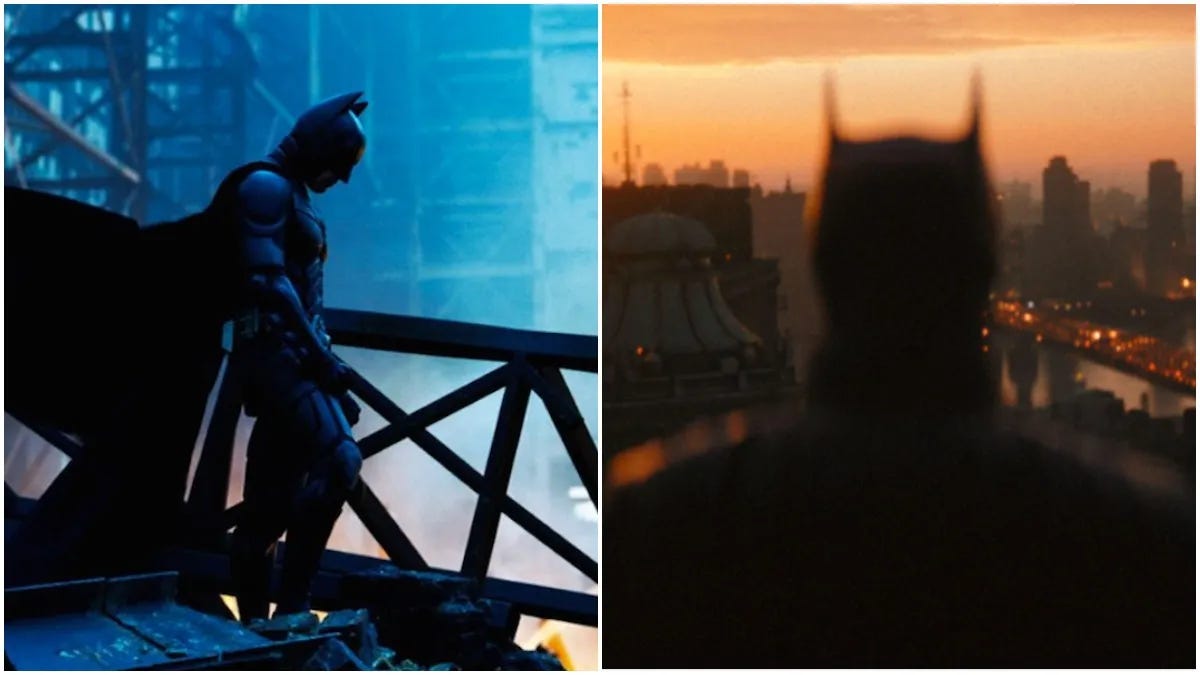Let’s start this epic with a prologue.
(Ok, storyteller, dazzle me).
Alright, here it goes…2008 was an eventful year, to say the least. (See, that’s perfect because it sets up the time and the setting).
I was thirteen about to enter high school, and I was excited.
(Nice! There’s the emotion that the audience needs to know to feel for the main character).
My voice had finally cracked, and I had gained a few inches in height (Coming-of-age plot, I like it).
But I was excited because I discovered what I wanted to do with my life that summer. I was going to be a filmmaker.
And when I said that for the first time, the intensity of that excitement was something I had never felt before, and it took over me like a possession. (I’m in. Fully invested. Don’t fuck it up).
This was the third year after moving to California from Maryland and it was the first drought I had ever seen. Arnold, the Governator, had issued a statewide emergency concerning the severe water shortage. Without any rain, we were out of the house all summer. And being the nerd I was, I spent much of that time at the movies.
(And that’s where you got the idea to make movies, OK never mind boring story). Well no, see it wasn’t just because a lot of big inspiring movies were coming out at that time. The reason I was motivated to say, “I wanna be a filmmaker” had to do with how my adolescent brain started to think.
By then, I was already invested in acting, photography, music, writing, and making videos. But I had nowhere to put all that varied energy. Then came the biggest addition to my development, critical thinking.
At thirteen, I started ingesting media that had more swearing and sex jokes than my parents would’ve liked, but they also had stuff like political and cultural satire. I remember watching the movie ‘Thank You For Smoking” and loving it so much because of its wacky portrayal of lobbyists that I put it on my Sony PSP, along with Russell Peters’ comedy shows and episodes of “Family Guy.”
I started to research politics, world events, and anything under the sun to understand the intention behind the jokes and why the story existed. Ingesting that adult-themed media at a young age would catalyze me into piecing story elements together in my head along with imagined visuals.
Here’s an example: because I was watching the wars in Iraq and Afghanistan on TV, I started picturing scenes for a War movie in my head. But that was still a few months away from knowing I wanted to make entertaining films with depth. That came in July.
July 2008 was the first time I saw the magnitude of impact a movie can have. Again I was thirteen, not old enough to see R-rated movies by myself—although that didn’t stop me when I went to see Borat hehe—but I could see PG-13 movies that pushed the boundaries of kid and adult media.
I had already seen “Jumper,” “Iron Man,” “WALL-E,” “Kung Fu Panda,” “Indiana Jones,” and even “Hancock” making it a fun year to see movies.
And then, like an anvil falling from a skyscraper onto a concrete street, Warner Bros. and Christopher Nolan released “The Dark Knight.”
Now, before you judge me, let’s go back and dissect that film for a second. Yes, it was meant to be a box office smash, yes it’s a studio movie with Batman in it, and yes I’m aware that it’s the reason why superhero movies won’t end their reign now. But let’s go back to 2008 when we weren’t addicted to our phones yet, and opinions were still shoved in our faces in person.
Before “The Dark Knight”, Christopher Nolan was just starting to gain recognition as a filmmaker after his cerebral indie thriller “Memento” and his ambitious studio remake of “Insomnia.”
When he got the contract to do “Batman Begins” he saw it as an opportunity to elevate the story of Batman by making it appealing for adults and kids. To him that meant incorporating a lot of politics and tying it to how it’s influenced by crime.
Crime, politics, and flexible ethics are the basis of corruption. What I love is they’re not presented like Matt Reeves’ “The Batman”. Nolan’s ideas are grittier, more hostile, and put good people in a gray area of decision-making. As a visual motif of this, notice how most scenes are shot in a cooler color pattern in that film instead of a warmer color palette. Cool colors are more indicative of nighttime, crime, and hopelessness.
With all of these choices for a Batman movie of all things, I started to understand how important the real world is to a storyteller. At the end of the day, genre elements like action, horror, or suspense are just engaging facades to a simpler story about people with relatable problems.
That’s the lesson I got out of that movie, so nowadays the questions I ask myself when writing are always, what are the problems around the main character that affect their decision making? What’s their environment like? Are their problems directly or indirectly caused by political strife, like Bruce Wayne and Gotham.
In my new film “Tilted” our main character, Sara, battles poverty and increasing prices on food, gas, rent, and health services to survive. I chose a world going through hyperinflation to highlight the desperation in her decisions and the decisions of other characters she meets.
It’s also a film about gambling and manipulating your odds in a bad situation. Sitting down to write this was a way to connect what’s going on now with inflation, mixed with memories of the 2008 housing crisis, and the overwhelming effect it had on people because of financial uncertainty.
“The Dark Knight” showed me you have to start with a deep base for your story so that it resonates with your audience emotionally. Then you build layers of entertaining elements over it to give the audience an experience they’ll never forget.
I will never forget that day in July ‘08. Those elements together blew the heads off of audience members as they roared in applause when the credits rolled.
When I walked out of the theater that day, it clicked. A few weeks later I knew that how I was thinking, and what I imagined, made it even more possible for me to do what Christopher Nolan and so many other people did for a living.
I was going to be a filmmaker. I didn’t know how, but I was determined to get there. That was 2008, let’s see if that kid was up to something.










